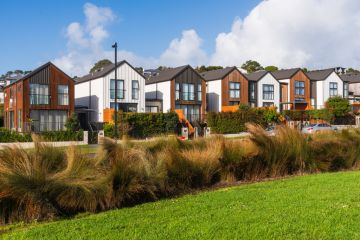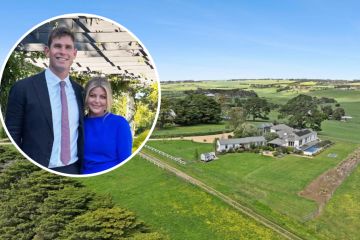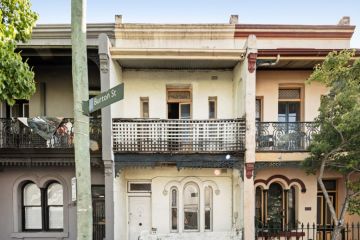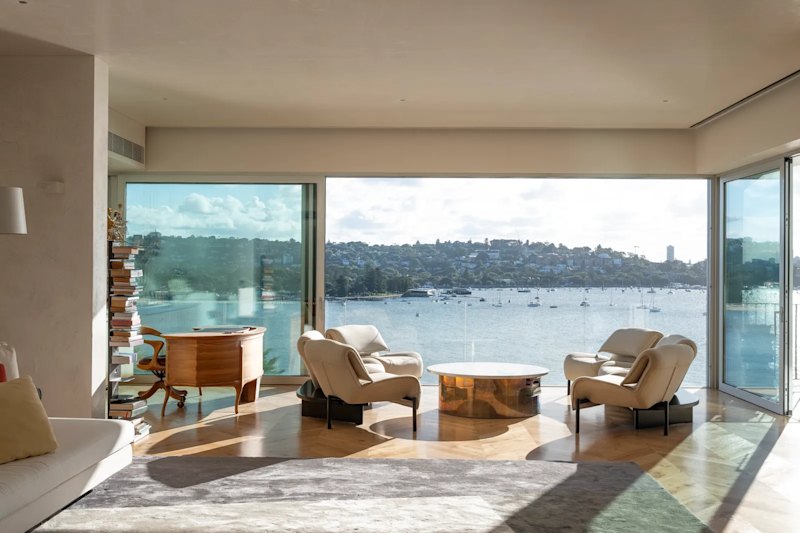Setting property investment portfolio goals

The longer you hold an investment, the greater the reduction in risk. By viewing real estate as a medium- (4–6 years) to long-term (more than 7 years) investment you can ride out the cyclical nature of the property market, benefit from capital growth (your property increasing in value over time), and gain regular rental income (if positively geared) or offset taxable income (if negatively geared).
Building a real estate portfolio is not the most suitable investment strategy if you are looking to gain short-term (1–3 years) capital growth. This is not to say the property market never delivers short-term gains, but if you consider the time it takes to buy and sell, you’ll realise property is certainly not an easily liquified asset, even in a high-growth property market.
“Property investment should be a medium- to longer-term proposition,” says Dr Andrew Wilson, senior economist for the Domain Group. “It’s about growing your portfolio through the cycles rather than looking to make a quick killing by getting in at the ground level and then selling at the top. To me that is just a different type of asset class that has a higher risk profile.”
With this in mind, building a property investment portfolio may suit you if you are:
- Planning for retirement
- Wanting to give children or other family members a start in life
- Building equity to buy a home or other major asset
- Looking to build equity and earn a regular rental income
- Looking to minimise taxable income through negative gearing, while still building equity.
Moving from one investment property to multiple properties takes careful planning and it is important not to overextend your debt load. By setting clear property investment portfolio goals, which factor in an expected return on investment, you can manage your investor risk.
According to Amanda Lynch, CEO of the Real Estate Institute of Australia (REIA), your risk must match the rate of return on your investment. “You should also consider current inflation levels and the amount of new mortgage required to finance the property, as well as the length of your mortgage. Riskier projects should require a higher rate of return and prospective investors need to consider the time required to yield a good return.”
Return on your investment property portfolio
The Australian Securities and Investment Commission (ASIC) outlines broad guidelines about the returns you should aim for on medium- and long-term investments.
- For a medium-term investment (4–6 years), you should expect a return of 6 to 7 per cent on average over 10 years, with a medium level of risk and volatility.
- For a long-term investment (more than 7 years), you should expect a return of 8 to 8.5 per cent on average over 10 years or more, with a high volatility. The overall risk is high; within a 20-year period, you could expect negative returns in four or five of those years.
- During retirement, you should expect a return of 6 to 8 per cent over the life of the investment, with a medium level of volatility. The risk should be moderate; you might expect negative returns for two or three years within each 20-year period.
Fortunately, the rate of capital growth for real estate in Australia has remained fairly consistent in the medium to long term. Fluctuating interest rates are likely to have the biggest impact on your ability to maintain your real estate investments and keep up with loan repayments.
“The vast majority of Australians who hold an investment property only hold one. If you are considering purchasing more than one investment property, it would be prudent to seek financial advice from a reputable institution,” Lynch advises.
We thought you might like
States
Capital Cities
Capital Cities - Rentals
Popular Areas
Allhomes
More







